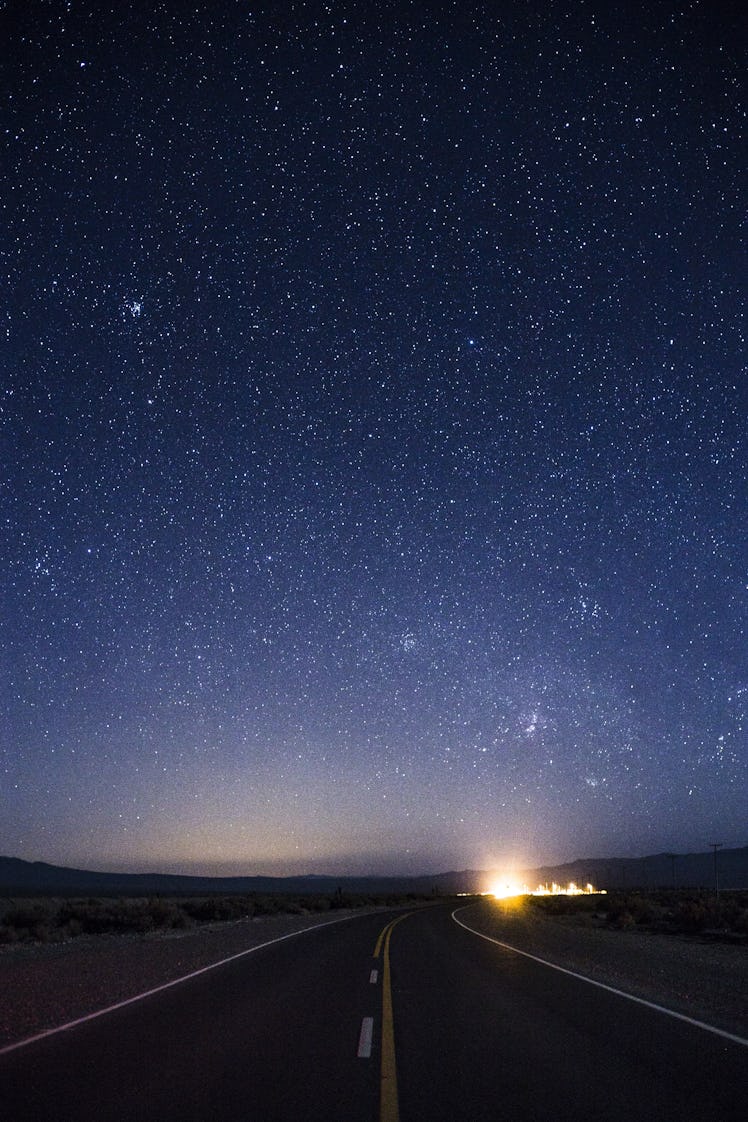Look Up! Venus And Jupiter's Closest Conjunction Is On The Horizon
Two celestial giants will find themselves close together in a beautiful view we can catch from Earth without a telescope.

Skywatchers, you’ll want to mark your calendars, clear your schedule, and get all your gear ready. Over the past few days, Venus and Jupiter have been approaching conjunction, and they will soon make their closest approach to one another in a gorgeous event worth taking the time to witness.
February brought a gorgeous show for people who looked up in the night sky, catching the planets Venus and Jupiter up there. Although the time for catching them alongside the Full Moon has passed, you still have time to catch something even cooler: the conjunction.
What is a conjunction?
A conjunction happens when two or more planets are very close to each other in the sky, according to Star Walk. Of course, the planets aren’t really close to each other — they’re millions of light-years away from each otger — but from our view on Earth, a conjunction is when they appear close together.
“From an astronomical point of view, a conjunction happens when celestial objects share the same right ascension or ecliptic longitude in the sky,” Star Walk explains. Typical conjunctions have the celestial objects only 0.5-0.9 degrees apart, but there are some, like this week’s, that get closer.
“Conjunctions are most widely associated with planets,” BBC Science Focus explains, “but they can also occur with any two astronomical objects, including asteroids, moons, stars, and of course, the Sun.”
In this case, we’ll see a great conjunction when Venus and Jupiter appear just 39 arcminutes apart — arcminutes are a unit of angular measurement used in many fields, including astronomy — or less than half a degree.
When can we see the conjunction of Venus and Jupiter?
On both March 1 and 2 “you can glimpse as the sky’s two brightest planets, Venus and Jupiter, sliding past each other on the dome of the sky,” EarthSky explains. “As seen from the Americas, their closest pairing is shortly after sunset on March 1.”
BBC Science Focus gives a more detailed description of the timeline, saying that on March 1, Venus and Jupiter will reach their closest of 39 arcminutes apart. By March 2, they’ll already begin to pull apart from each other, though they will remain close at 45 arcminutes apart. At that point, “Venus is now above Jupiter, appearing to ‘overtake’ the gas giant,” the publication reports.
How to watch the Venus-Jupiter conjunction with the kids.
If you and the kids want to watch the Venus and Jupiter conjunction this week, the event luckily can be seen with the naked eye — look for two super-sized, super bright objects in the sky. You’ll get a much better view with binoculars or a telescope, but the show will still be amazing even if you don’t have access to those.
The show can also be viewed from the comfort of your home if it’s too cold to take the kids out. Beginning at 1:30 EST on March 1 and 2, the Virtual Telescope Project will have live views through its gigantic telescope.
A live stream will also play on YouTube, offering a look at Venus and Jupiter through the robotic telescopes in Ceccano, Italy.
If you’re not able to catch this celestial alignment, Jupiter and Venus tend to align every 10 to 15 months — so no worries.